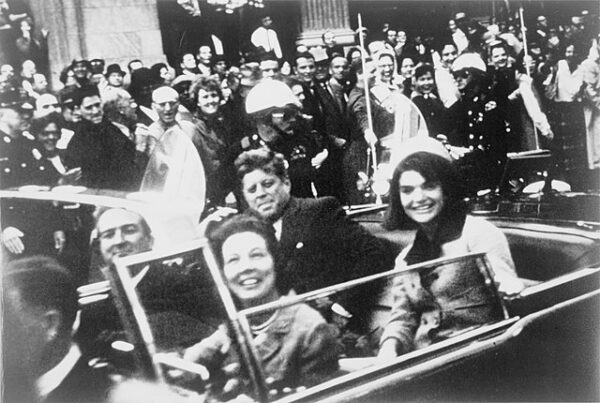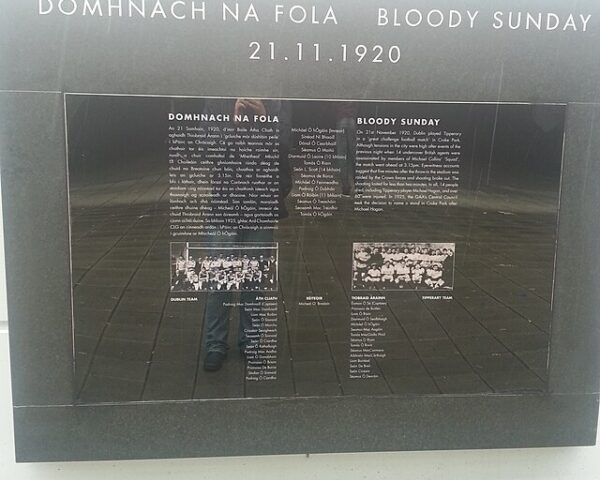On November 22, 1943, as the Second World War entered what Allied leaders increasingly believed would be its decisive phase, President Franklin D. Roosevelt, Prime Minister Winston Churchill, and Generalissimo Chiang Kai-shek gathered in Cairo to confront the future of the war against Japan—and, just as importantly, the future of Asia itself. Though overshadowed in popular memory by the larger Tehran Conference that followed days later, the Cairo meeting marked a turning point in Allied grand strategy. It was the first wartime summit devoted entirely to the defeat of Japan, and the only one attended by a Chinese head of state, a symbolic affirmation of China’s role as one of the “Big Four” powers shaping the postwar world.
The conference convened at a moment of shifting momentum in the Pacific. The United States had turned the tide at Midway the previous year and was beginning its island-hopping march through the Central Pacific. Yet the strategic picture remained complex. Japan still held vast swaths of territory across East Asia and the Western Pacific, and the Allies faced the challenge of coordinating their disparate campaigns—American advances across the Central Pacific, British operations in Burma and India, and Chinese resistance in the interior—as a coherent plan rather than parallel, unconnected efforts.
Roosevelt’s presence in Cairo signaled the United States’ determination to elevate China’s role in the anti-Japanese war. Washington saw Chiang not merely as a battlefield ally but as an essential counterweight to future Soviet influence in Asia. Roosevelt frequently referred to China as one of the pillars of a postwar “peace agency,” alongside the United States, Britain, and the Soviet Union. By bringing Chiang to the table as an equal partner, the president hoped to strengthen China’s international stature and encourage greater coordination between Chinese and Allied operations.
Churchill arrived with different concerns. He remained wary of overemphasizing China’s military capabilities and was skeptical that Chiang’s overstretched armies—plagued by supply shortages, internal rivalries, and the relentless strain of years of conflict—could sustain major offensive operations without massive Allied assistance. Britain’s priorities lay in defending its imperial holdings in South and Southeast Asia, from Burma to Malaya, and in reestablishing prewar colonial control once Japan was defeated. Churchill understood that any postwar settlement in Asia would require careful balancing between American idealism, Chinese aspirations, and British imperial interests.
Chiang Kai-shek, for his part, arrived in Cairo determined to assert China’s claims to great-power status. His government had borne the brunt of the war against Japan since 1937, fighting alone for years before the United States entered the conflict. He pressed Roosevelt and Churchill to commit to substantial increases in military supplies, including aircraft, munitions, and logistical support via the Burma Road and the still-developing Ledo Road. Just as importantly, Chiang sought explicit guarantees that territories seized by Japan—including Manchuria, Taiwan, and the Pescadores Islands—would be returned to China after the war.
Over several days of discussions, the Allies crafted a unified declaration outlining their shared objectives. The resulting Cairo Declaration, released on November 27 but formulated during the November 22 sessions, pledged that the Allies would continue the war until Japan’s “unconditional surrender.” It stated that Japan would be stripped of all territories seized through conquest, including Taiwan and Manchuria, and affirmed Korea’s future independence “in due course.” Though brief, the declaration offered a vision of a restructured Asia with restored sovereignty for occupied nations, while signaling the Allies’ determination to dismantle Japan’s wartime empire.
The conference also addressed immediate military coordination. Roosevelt and Churchill secured Chiang’s support for intensified Allied operations in Burma and agreed on measures to improve logistical supply routes to Chinese forces. Plans for future amphibious operations—including eventual assaults on the Philippines and Japan’s home islands—were discussed, even if the details remained to be finalized in subsequent meetings.
While the Cairo Conference produced no single dramatic breakthrough, its significance lies in its strategic coherence and diplomatic symbolism. It represented the first explicit Allied consensus on the war’s end-state in Asia: Japan’s total defeat, the restoration of occupied territories, and the emergence of China as a central actor in the postwar order. The meeting also demonstrated the Allies’ effort to integrate political aims with military strategy, a hallmark of their eventual success.






